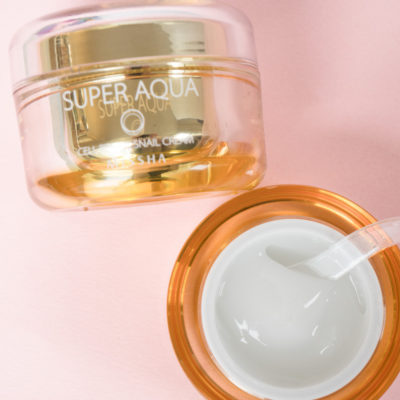
Arbutin
This is a natural skin brightener derived from bearberries that inhibits cells from producing skin darkening pigments. Many studies suggest that arbutin is a natural, effective way to brighten the skin and it’s widely considered to be a gentler version of hydroquinone!
Benefits: Arbutin evens the skin tone and easily tackles hyperpigmentation, dark spots, and melasma.
Skin Types: All skin types are welcome to use arbutin. Because it’s a much gentler derivative of hydroquinone, those who are pregnant can also use this brightening agent.


